The Russian military is actively deploying Murom-P long-range video surveillance systems on the territory of Ukraine.
These “eyes” monitor the actions of the Defense Forces of Ukraine and immediately alert about any “violators” who enter the system’s coverage area.
Murom’s Capabilities
In 2016, the Russian army commissioned the Murom 1 SV technical security equipment set.
Two years later, the Murom-P system also went to the Federal Security Service of the Russian Federation, more precisely to the Border Service of the Federal Security Service, which is responsible for border protection.
Thus, the state started to equip the Russian military with Murom-P—ground “eyes”, which are designed for visual monitoring.
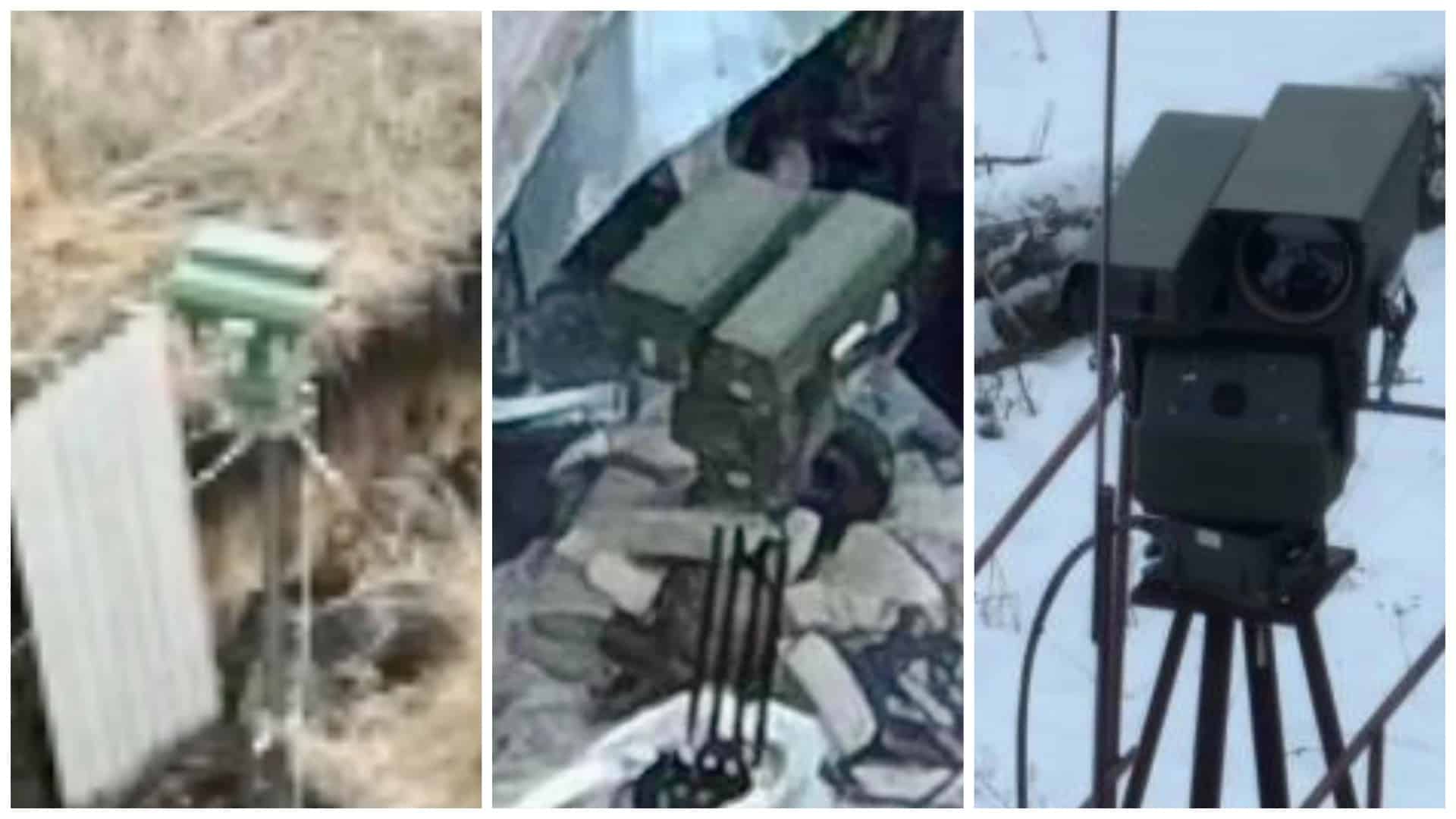
The distinctive features of this system are the possibility of rapid deployment and long-term operation in autonomous mode.
Murom has an individual alert with sound, light, and vibration signals for the personnel in case of an alarming event. For example, it signals “Alarm” upon detection of the intruder.
The mobility of the system is ensured by the fast-mounting/collapsible design of the components.
The autonomy of the system is provided by a power supply from a set of solar modules, the on-board network of the car, or a generator.
Transmission over long distances is organized through radio communication with the remote operator’s post.

The system includes:
- video surveillance equipment;
- integration module with autonomous radial perimeter detectors;
- control and communication unit;
- laptop with installed software for control;
- self-contained power supply;
- additional options at a customer’s request may include a STS-172 radar.
The STS-172 displays the paths of movement and range to various moving objects, such as a person, car, plane, boat, etc.
The radar uses radio signal processing algorithms to obtain accurate data on observed objects in any weather conditions.
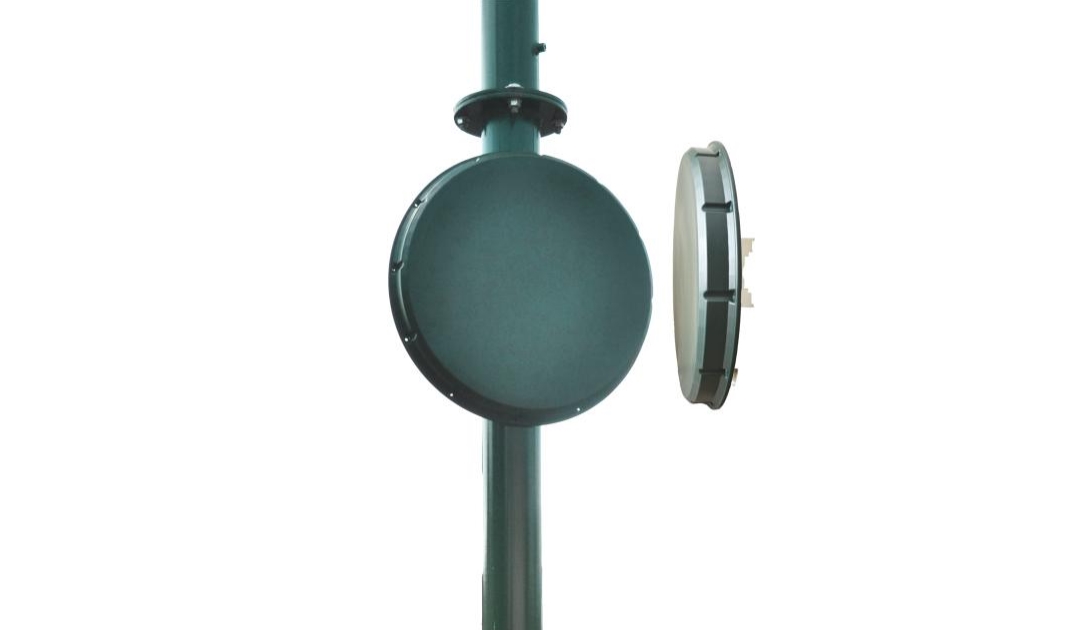
In general, the system allows scanning of controlled areas in manual and video location modes.
Video location mode provides automatic scanning of preset positions, detection, and tracking of targets by a rotary video camera and thermal imager.
To implement this mode, FineTrack and FineDome intelligent technologies are used.
The FineDome rotary camera control module is designed for automatic tracking of moving targets.
The FineTrack software module is designed to detect signs of violations in the territory using direct visual control and video recording.

The system is controlled through a laptop with installed software connected to a cable line control unit or a radio channel.
The operator may be positioned either near (within 100 m) a deployment site of the system, or at a distance of up to 8 km.
The system has a module for connecting autonomous radial detectors (STS-105, STS-102, STS-110) and the ability to display and control detectors with their binding to the terrain map.
A scope of the system’s features includes:
- providing border protection;
- ensuring the security of military formations locations;
- guarding approaches to military personnel accommodation;
- video surveillance of open spaces in real time;
- scanning of controlled space in manual and automated modes;
- determining the location of the site violation and the “Alarm” command;
- displaying in real-time information on the monitor in the stationary portion and event archiving;
- determining the location of the service personnel on the terrain map using a GPS receiver;
- detection and tracking of targets by a video camera and a thermal imager installed on a rotary device;
- radar surveillance of controlled space, in particular, with simultaneous tracking of several targets;
- loading terrain maps and tying to them using a built-in GPS receiver;
- determining the azimuth and range of the target;
- classifying targets by type and displaying them on the terrain map.
The system automatically directs the rotating video display module to the perimeter section where the intruder is detected, providing audible and visual alerts to the operator in the case of an alarm.
Equipment
It may seem that Murom is just a surveillance camera, but this system includes many different pieces of equipment.
The system is based on a SDP-8083 long-range video camera and a SDP-8615M/SDP-8815M thermal imager installed on the SDP-881 rotary device.
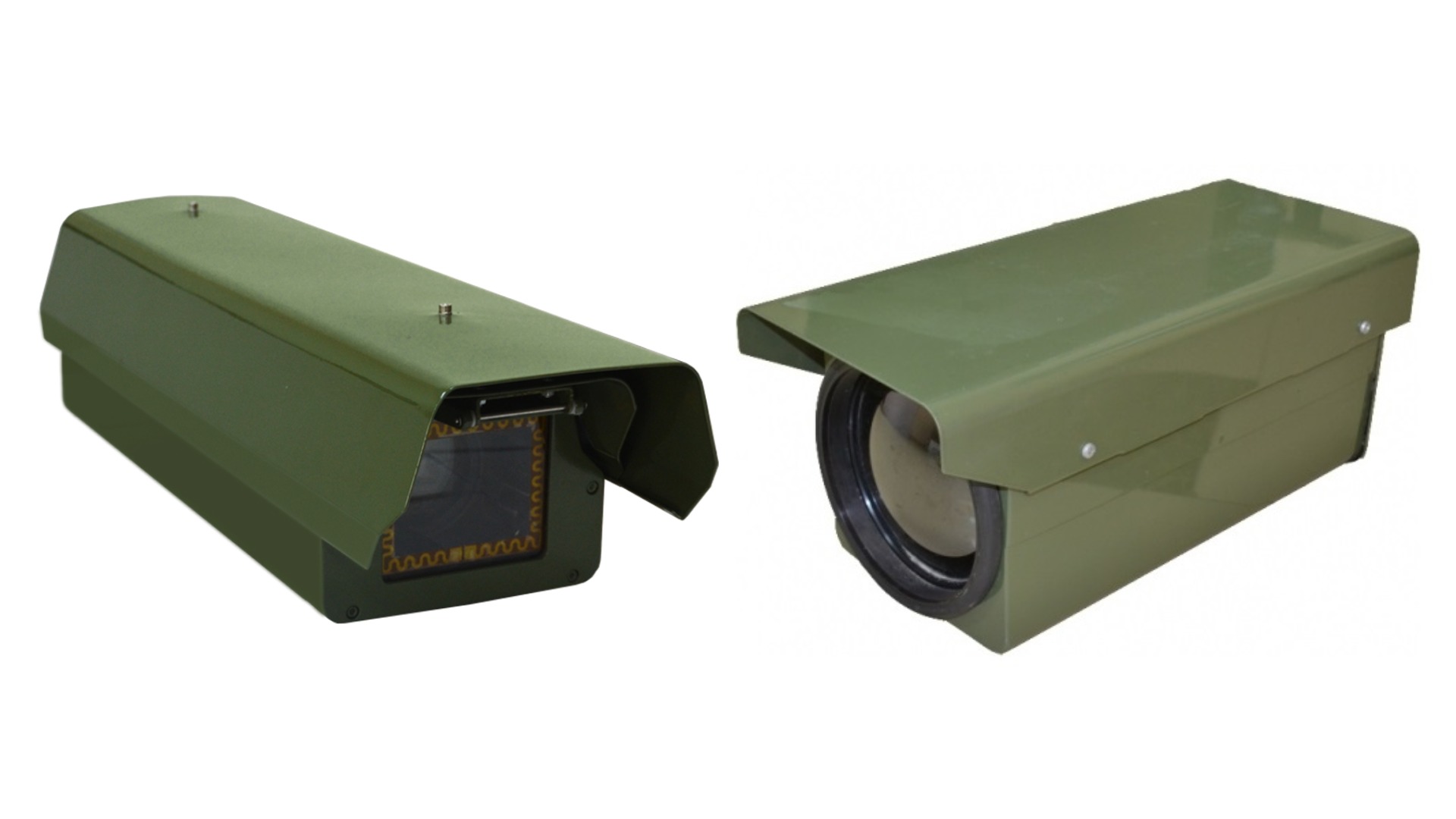
The rotary device makes it possible to point the video camera and thermal imager, changing their azimuth and angle of elevation.
The STS-177 radar is designed to detect ground and surface objects, as well as determine their range, movement speed, and geometric parameters.
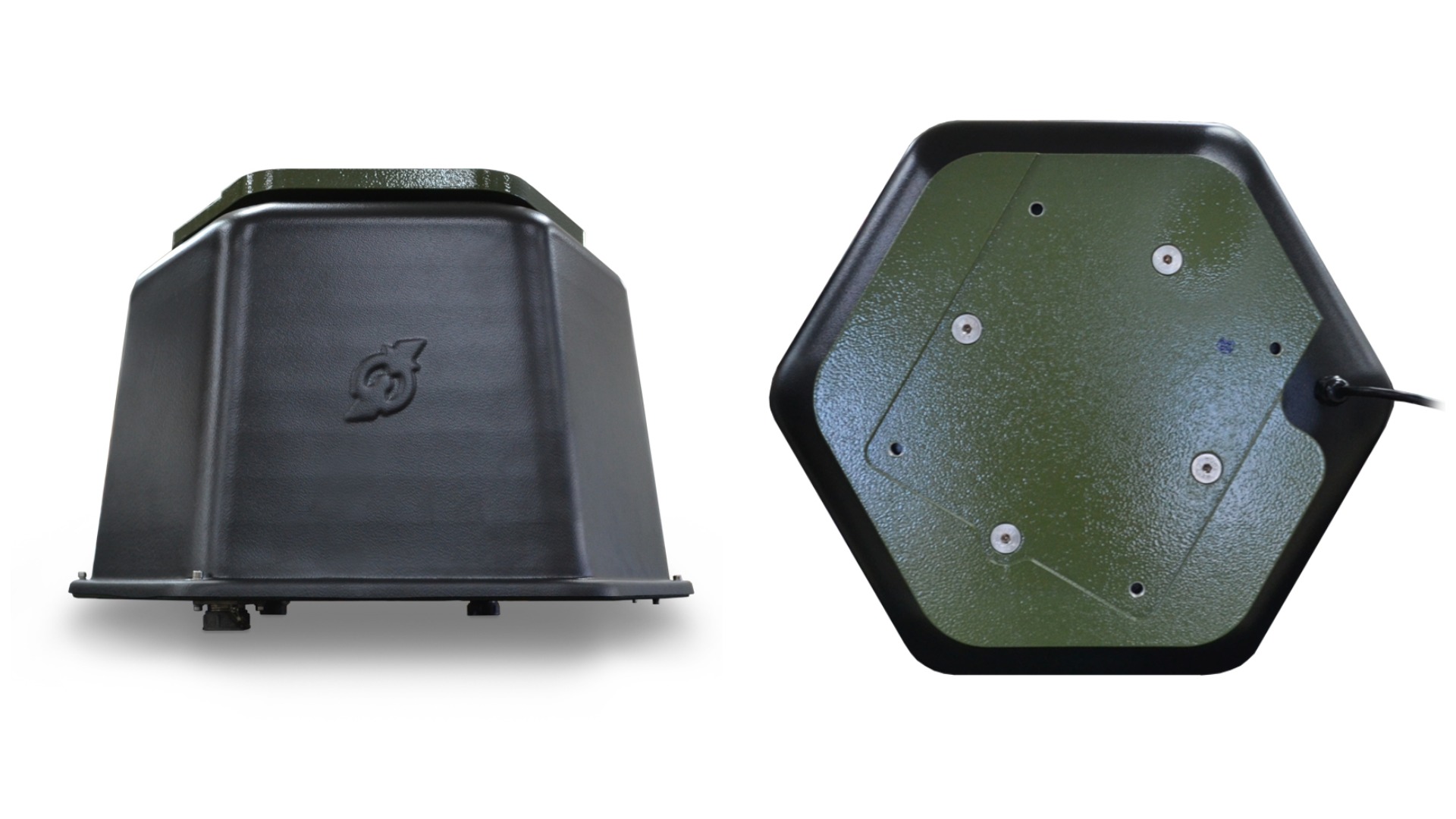
The BPM24 12V/24V power supply is provided to the equipment of the system from the on-board network of the car when using the system’s mast.
The STS-507 communication controller is used to establish a high bandwidth wireless communication channel between two posts.
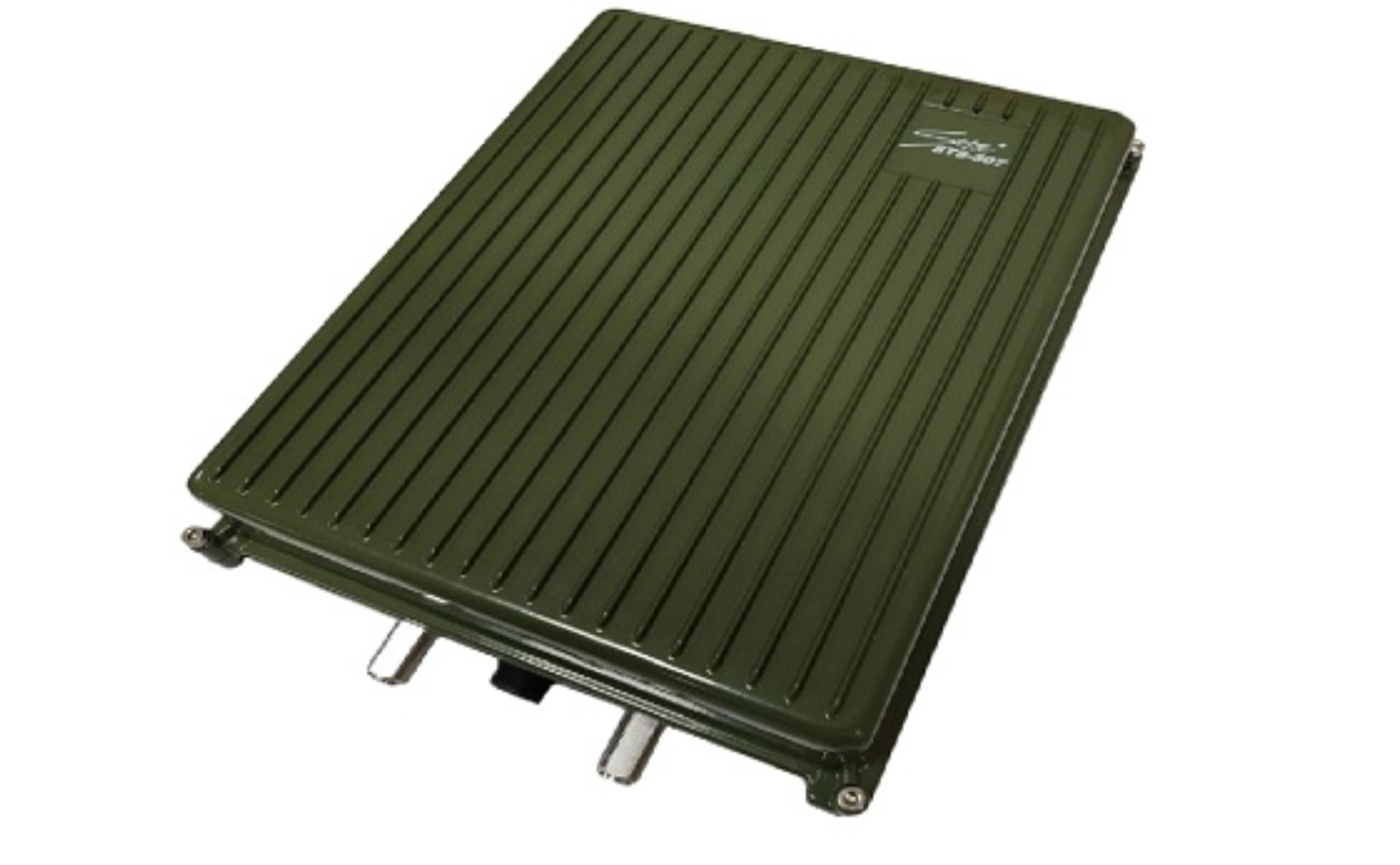
The STS-102P detector is designed to generate an alarm notification and transmit it via a radio channel to the monitoring post or to the Unikom-1-N set.
Unikom-1-N set provides the reception of alarm notifications from security detectors in the system and their transmission to Unikom-Amulet individual detectors directly or through a repeater.

The STS-931P repeater is designed to extend the range of the detectors and the possibility of using them in the absence of a line of sight.
The repeater redirects the alarm message from the Unikom-1-N set to individual detectors.

Unikom-Amulet individual detectors are designed to receive and record an alarm and issue a sound, light, and vibration alerts.
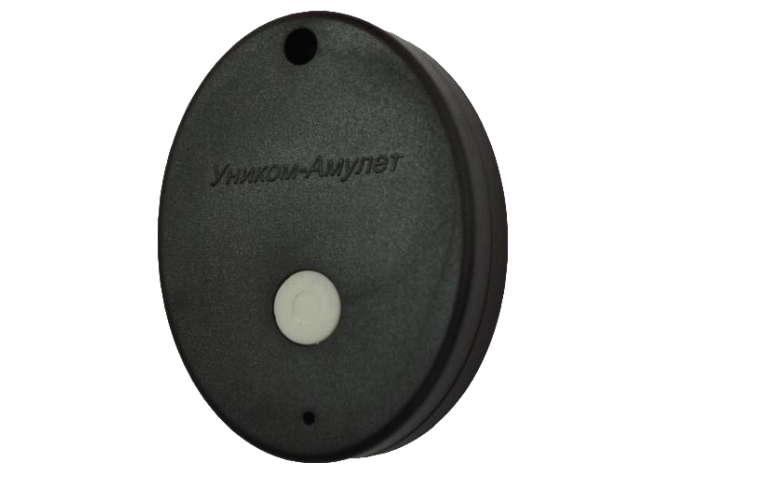
The STS-943M charger is intended for charging Unikom-1-N batteries and individual detectors from the AC network.
To power the system, energy is stored in a battery pack, which accumulates energy from solar modules (STL-725) and a gasoline-powered generator (STL-724).

The BRDM-K unit is used to receive and process notifications from security detectors and broadcast them to the laptop.
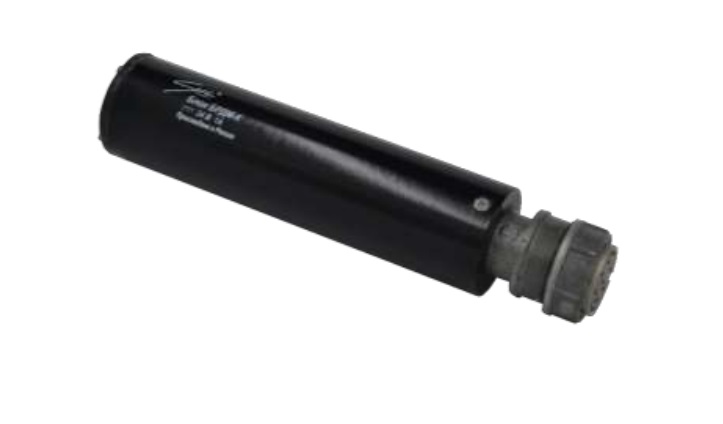
The laptop of the system with special software is designed to manage, configure, and organize a single information space of the system.

To ensure the wireless communication channel at a distance of up to 8 km, RFE 5300/23HV antennas are installed on the STS-507 controller.
Counteracting
The Russians deploy the Murom-P systems throughout the occupied territory of Ukraine and on the border. It may seem that it is a minor target, but this is not the case.
The identification and destruction of this surveillance system have become important for the Defense Forces of Ukraine.
To neutralize these systems, a straightforward solution exists: use FPV drones armed with explosives.
The Russians hide these systems, capable of conducting optical and thermal imaging observations for up to 10 km, in tree branches, in buildings, and on towers.
SUPPORT MILITARNYI
Even a single donation or a $1 subscription will help us contnue working and developing. Fund independent military media and have access to credible information.


 Центр ініціатив ПЖ
Центр ініціатив ПЖ 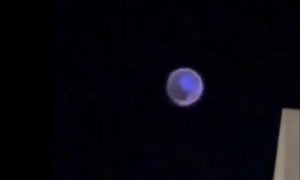
 Vadim Kushnikov
Vadim Kushnikov 
 Андрій Тарасенко
Андрій Тарасенко 
 Юрій Юзич
Юрій Юзич 
 Віктор Шолудько
Віктор Шолудько 
 Роман Приходько
Роман Приходько 

 Андрій Харук
Андрій Харук 


 Yann
Yann 
 СПЖ "Водограй"
СПЖ "Водограй" 




